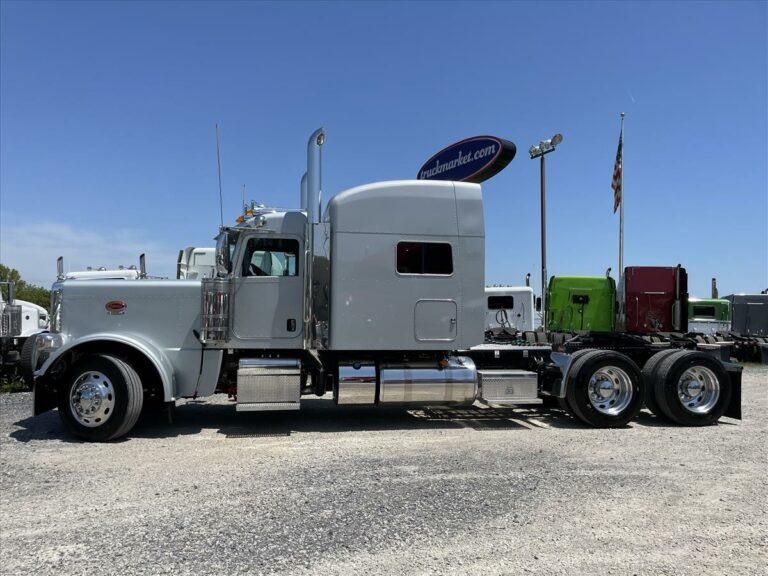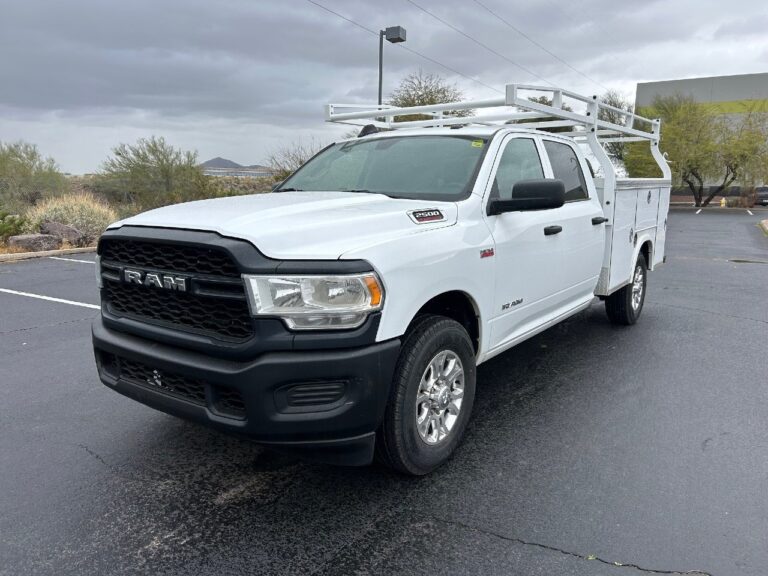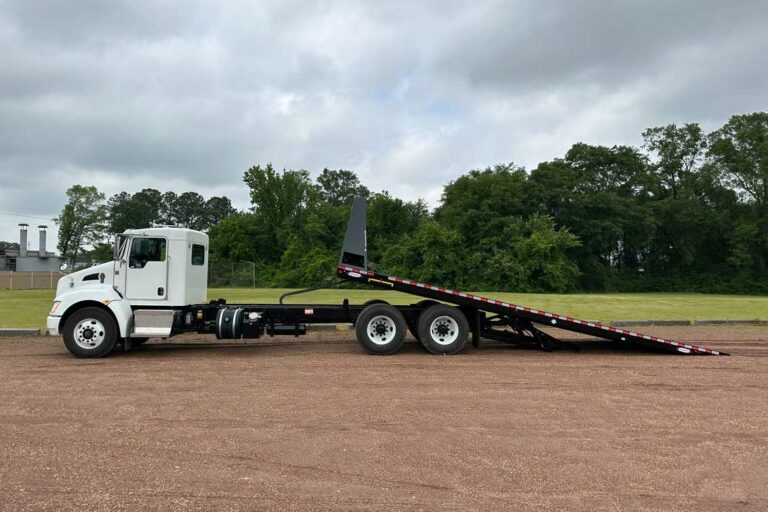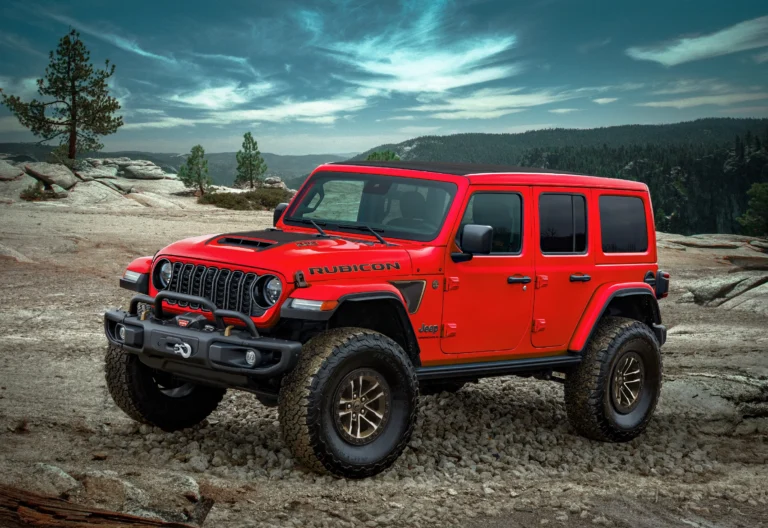1980s Dodge Trucks For Sale: Your Guide to Owning a Piece of American Iron
1980s Dodge Trucks For Sale: Your Guide to Owning a Piece of American Iron cars.truckstrend.com
Introduction: The Enduring Appeal of the Square Body Ram
In an era defined by bold lines, unapologetic utility, and a distinct lack of digital clutter, the 1980s Dodge trucks stand out as quintessential examples of American automotive design. From the steadfast D-series and W-series to the iconic introduction of the "Ram" nameplate in 1981, these pickups represent a significant chapter in Dodge’s storied history. For sale today, these "square body" Rams are far more than just old workhorses; they are cherished classics, affordable entry points into the vintage truck market, and rugged machines capable of tackling tasks that would challenge many modern vehicles.
1980s Dodge Trucks For Sale: Your Guide to Owning a Piece of American Iron
The appeal of these 1980s Dodge trucks is multifaceted. For some, it’s pure nostalgia, a callback to simpler times or the vehicles of their youth. For others, it’s the straightforward mechanical simplicity, making them ideal for DIY enthusiasts and those who appreciate reliability over complex electronics. Then there’s the undeniable aesthetic: the boxy, purposeful lines, the abundant chrome, and the robust stance that exudes confidence. As interest in classic trucks continues to surge, 1980s Dodge trucks for sale offer a unique blend of affordability, character, and enduring capability, making them an attractive proposition for collectors, hobbyists, and anyone seeking a durable, no-nonsense pickup. This comprehensive guide will navigate the landscape of buying, owning, and appreciating these magnificent machines.
The Evolution of an Icon: Key Models and Configurations
The 1980s were a transitional decade for Dodge trucks, marked by the rebranding from the D-series/W-series to the "Ram" lineup. Understanding these models is crucial when searching for a truck to buy.
D-Series (2WD) / W-Series (4WD): Throughout the decade, Dodge offered its trucks in two-wheel-drive (D-series) and four-wheel-drive (W-series) configurations.
- D150/W150: The half-ton models, versatile for light hauling and general use.
- D250/W250: The three-quarter-ton trucks, offering increased payload and towing capacity, often favored for heavier work.
- D350/W350: The one-ton workhorses, designed for maximum hauling and towing, frequently found in dual-rear-wheel (dually) configurations.

Cab Styles and Bed Lengths:
- Standard Cab: The most common configuration, seating two to three occupants.
- Club Cab: An extended cab option providing additional interior space behind the front seats, suitable for extra passengers or storage.
- Short Bed (approx. 6.5 ft) and Long Bed (approx. 8 ft): Available across most models, catering to different utility needs and aesthetic preferences.

Engine Options: From Slant Six to Cummins Power:
The beating heart of these trucks varied significantly, offering a range of power and efficiency.
- Slant Six (225 cu in): Renowned for its legendary reliability and durability, though not a powerhouse, it was a workhorse. Many of these engines are still running strong today.
- Small Block V8s (318 cu in, 360 cu in): The most common V8 options, offering a good balance of power for daily driving and towing. The 360 provided more grunt for heavier applications.
- Big Block V8s (400 cu in, 440 cu in): While less common in the 80s (more prevalent in the late 70s), some early 80s models might still be found with these larger engines, known for their immense torque.
- The Cummins Turbo Diesel (5.9L B Series – 1989): A game-changer introduced late in the 1989 model year. This inline-six diesel engine revolutionized the heavy-duty pickup market, offering unparalleled torque, fuel efficiency, and legendary longevity. Trucks equipped with the Cummins diesel command a significant premium and are highly sought after.

The distinct square body styling, which ran from 1972 through 1993 (with minor facelifts), is a defining characteristic of 1980s Dodge trucks. Early 80s models typically featured single round headlights, transitioning to stacked rectangular headlights in the mid-80s facelift, and finally quad headlights in later years.
What to Consider Before Buying: Inspection and Due Diligence
Purchasing an older vehicle requires a thorough inspection. When looking at 1980s Dodge trucks for sale, here’s what to prioritize:
-
Rust: This is often the biggest enemy of older trucks. Check common rust areas diligently:
- Fenders and Wheel Arches: Especially where mud and salt accumulate.
- Rocker Panels and Cab Corners: Look for bubbling paint or holes.
- Bed Floor and Inner Fenders: Damage from hauling or road debris.
- Frame: Inspect the entire frame for cracks, significant surface rust, or signs of repair.
- Underbody: Check brake lines, fuel lines, and exhaust components for corrosion.
-
Engine and Drivetrain:
- Engine: Listen for unusual noises (knocks, ticks, excessive smoke). Check for fluid leaks (oil, coolant, power steering). Verify oil condition. If possible, perform a compression test.
- Transmission: For automatics (TorqueFlite 727/904), check fluid level and color (should be reddish, not brown or black). Ensure smooth shifts without hesitation or slipping. For manuals (e.g., NP435, Getrag G360 for Cummins), check clutch engagement and gear selection.
- Transfer Case (4×4): Engage 4WD (high and low) to ensure it works correctly. Listen for grinding noises.
- Differentials: Check for leaks and unusual noises during a test drive.
-
Suspension, Steering, and Brakes:
- Suspension: Look for sagging, broken springs, worn shocks, and damaged bushings.
- Steering: Check for excessive play in the steering wheel. Inspect tie rods, ball joints, and the steering box for leaks or looseness.
- Brakes: Test pedal feel (should be firm, not spongy). Listen for grinding or squealing. Inspect lines, calipers/wheel cylinders, and master cylinder for leaks.
-
Electrical System: While simpler, verify all lights (headlights, taillights, turn signals), gauges, wipers, and heater/AC functions. Check for aftermarket wiring that might be poorly installed.
-
Interior and Exterior Cosmetics:
- Interior: Dashboards are prone to cracking due to sun exposure. Check seat condition, headliner, and door panels.
- Exterior: Assess paint condition, body panel alignment, and chrome trim. Minor dings are expected, but significant body damage or poor previous repairs can be costly.
-
Documentation: Always ask for the title and any available service records. A clear title is essential. Maintenance records can provide insight into the truck’s history and care.
Where to Find 1980s Dodge Trucks For Sale
Finding the right 1980s Dodge truck requires patience and knowing where to look:
-
Online Marketplaces:
- Craigslist and Facebook Marketplace: Excellent for local listings, often from private sellers. Be prepared for a wide range of conditions and prices.
- eBay Motors: Offers a broader geographical reach and often includes more detailed listings, sometimes with higher-quality photos.
- Bring a Trailer (BaT): For higher-end, well-preserved, or professionally restored examples. Prices here will be significantly higher.
- Specialized Forums and Groups: Websites like RamchargerCentral.com, ClassicDodgeTrucks.com, and various Facebook groups dedicated to square body Dodges are great resources. Enthusiasts often sell within their communities.
-
Local Avenues:
- Word of Mouth: Let friends, family, and local mechanics know you’re looking.
- Local Ads: Check local newspapers or classifieds.
- Rural Areas: Often a treasure trove for older, less-abused trucks that haven’t been exposed to as much road salt.
-
Auctions and Classic Car Dealerships: These can offer a more curated selection but often come with higher price tags due to dealer markup or auction fees.
Tips for Searching: Use various keywords: "Dodge D150," "W250," "Dodge Ram," "Power Ram," "Square Body Dodge," "First Gen Cummins" (if specifically looking for diesel).
Owning Your 1980s Dodge: Restoration, Daily Driver, or Project?
Before you buy, decide what role the truck will play in your life:
- Daily Driver: If you plan to use it regularly, focus on mechanical soundness, reliability, and safety. Cosmetics might be secondary. Be prepared for lower fuel economy compared to modern vehicles.
- Project Truck: For the mechanically inclined, a project truck offers a rewarding experience. Budget for significant repairs, parts acquisition, and time commitment. These are often the most affordable upfront.
- Restoration: A full restoration is a substantial undertaking, requiring significant financial investment and time. The goal is often to bring the truck back to original or better-than-original condition, ideal for shows or long-term investment.
Parts Availability and Maintenance:
Generally, mechanical parts for these trucks (engine, transmission, suspension components) are readily available and often affordable, especially for the common Slant Six and 318/360 V8s. Aftermarket support is robust. Specific body panels, interior trim pieces, and unique badging can be harder to find, sometimes requiring searching junkyards or specialized online vendors.
Benefits of Ownership:
- Simplicity: Easier to diagnose and repair issues due to less complex electronics.
- Ruggedness: Built to last, these trucks can withstand significant abuse.
- Character: They have a unique personality that modern vehicles often lack.
- Affordability: Compared to classic Ford F-series or Chevy C/K trucks of the same era, 80s Dodges often offer better value, especially gas models.
Potential Challenges:
- Fuel Economy: V8 models can be thirsty.
- Lack of Modern Features: No airbags, ABS, or advanced infotainment.
- Rust: An ongoing battle in many climates.
- Carburetor Issues: Gas models with carburetors might require tuning or rebuilding.
Price Guide: 1980s Dodge Trucks For Sale
The price of a 1980s Dodge truck varies wildly based on condition, model, engine (especially Cummins), 2WD/4WD, location, and overall originality. The table below provides general estimated ranges.
| Model/Condition Category | D150/W150 (Gas) | D250/W250 (Gas) | W250/W350 (Cummins) |
|---|---|---|---|
| Project/Parts Truck | $500 – $2,500 | $700 – $3,000 | $1,500 – $5,000 |
| Driver Quality | $3,000 – $7,000 | $4,000 – $9,000 | $7,000 – $15,000 |
| Good Condition/Original | $7,000 – $15,000 | $9,000 – $20,000 | $15,000 – $30,000+ |
| Restored/Show Quality | $15,000 – $30,000+ | $20,000 – $40,000+ | $30,000 – $60,000+ |
Disclaimer: These prices are highly variable and serve as general estimates. Trucks with the Cummins diesel engine, particularly 4×4 models in good condition, consistently command the highest prices. Factors like low mileage, desirable options (e.g., Club Cab, specific trim packages), and a rust-free body can significantly increase value.
Frequently Asked Questions (FAQ) about 1980s Dodge Trucks
Q1: What are the most common rust spots on 1980s Dodge trucks?
A1: The most common areas are the lower fender corners, rocker panels, cab corners, bed floors, wheel arches, and the frame rails, especially near the suspension mounting points.
Q2: Are parts readily available for these trucks?
A2: Yes, mechanical parts for engines (Slant Six, 318, 360, Cummins), transmissions, and suspension are generally widely available through auto parts stores and online retailers. Body panels and specific interior trim pieces can be harder to find new, but aftermarket and used parts markets are good resources.
Q3: What engines were available in 1980s Dodge trucks?
A3: Common engines included the 225 cubic inch Slant Six, 318 cubic inch V8, 360 cubic inch V8. The 5.9L Cummins turbo diesel inline-six was introduced late in the 1989 model year.
Q4: Which model year introduced the Cummins diesel engine?
A4: The 5.9L Cummins turbo diesel was first offered in the 1989 model year, specifically for the W250 and W350 (4×4) and D250 and D350 (2WD) heavy-duty trucks.
Q5: Are 1980s Dodge trucks good for daily driving?
A5: They can be, provided they are well-maintained. Their robust nature makes them reliable, but expect lower fuel economy (especially with V8s), a less refined ride, and a lack of modern safety features and conveniences. Many enthusiasts use them as occasional drivers or secondary vehicles.
Q6: What’s the difference between a D-series and a W-series Dodge truck?
A6: The D-series trucks are two-wheel-drive (2WD), while the W-series trucks are four-wheel-drive (4WD).
Q7: What’s the difference between a D150 and a D250?
A7: The number indicates the truck’s payload capacity. A D150 is a half-ton truck, suitable for lighter loads. A D250 is a three-quarter-ton truck, designed for heavier payloads and towing. Similarly, D350s are one-ton trucks. The same applies to W-series (4×4) models.
Conclusion: Driving a Legacy
The 1980s Dodge trucks for sale today represent a compelling blend of rugged utility, classic American styling, and a burgeoning collector’s market. Whether you’re seeking a dependable workhorse, a rewarding restoration project, or a unique vehicle to cruise the backroads, these square body Rams offer an experience distinct from anything modern.
The journey of finding, inspecting, and ultimately owning one of these vintage pickups is an adventure in itself. With careful research, a thorough inspection, and a clear understanding of your needs and budget, you can uncover a true automotive gem. While they demand a certain level of care and attention that modern vehicles might not, the satisfaction of driving a piece of American iron, a truck built to last, is an incredibly rewarding experience. These trucks are more than just transportation; they’re a statement, a nod to a bygone era of straightforward engineering and enduring design. Embrace the legacy, and find your own 1980s Dodge Ram.






